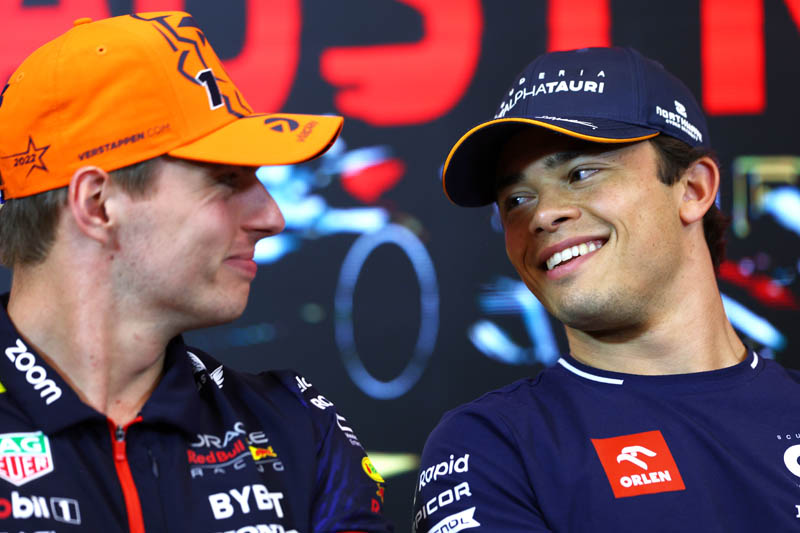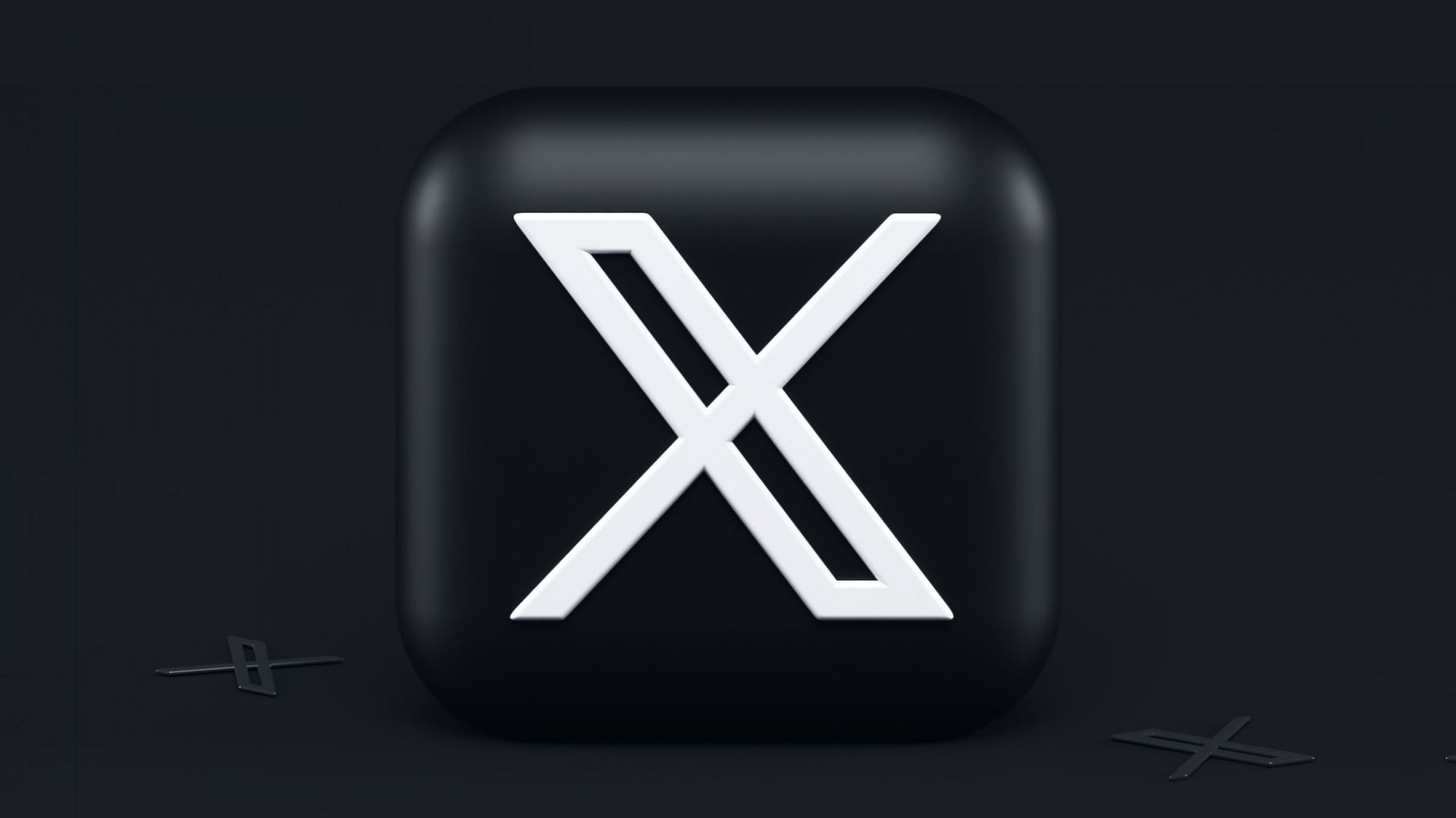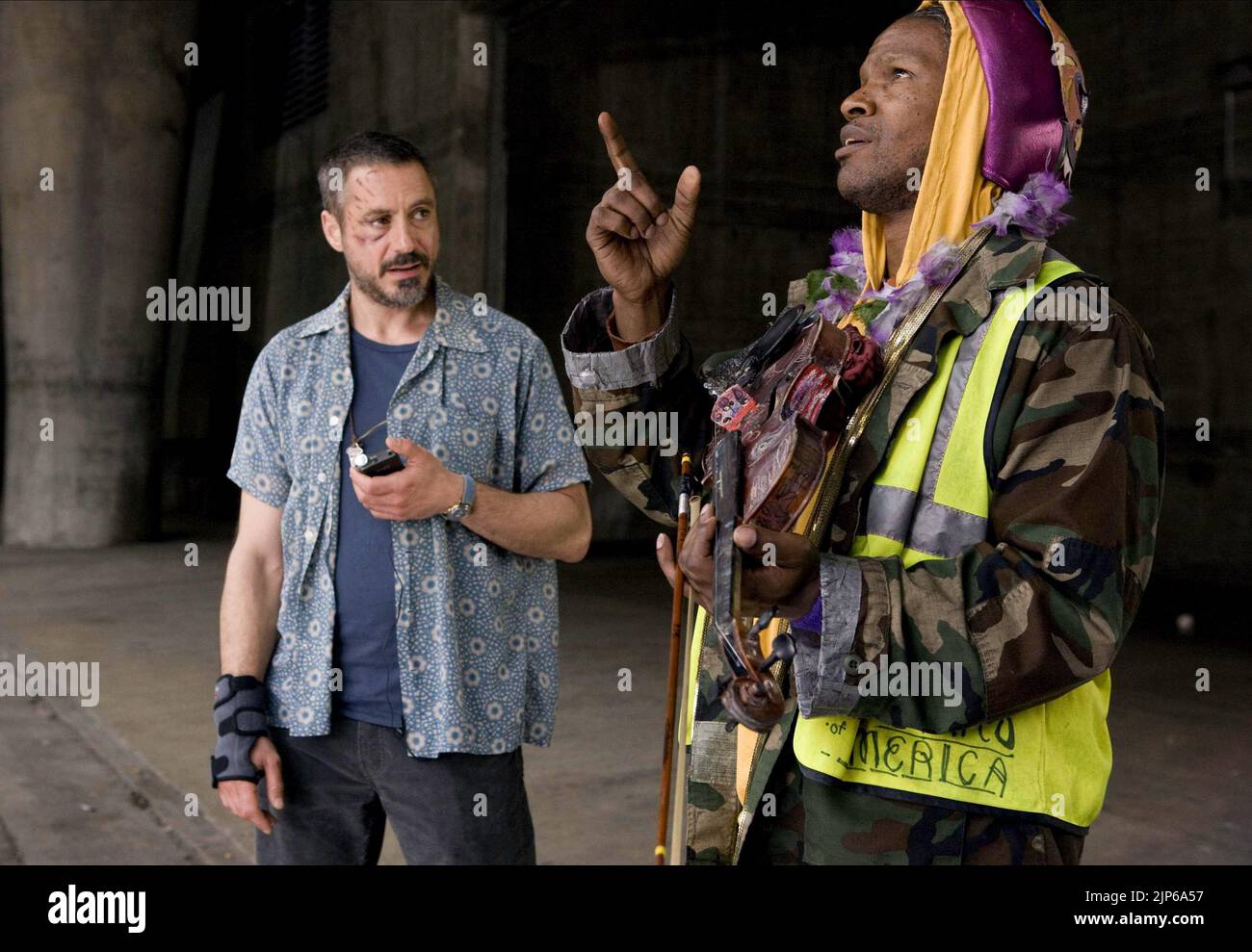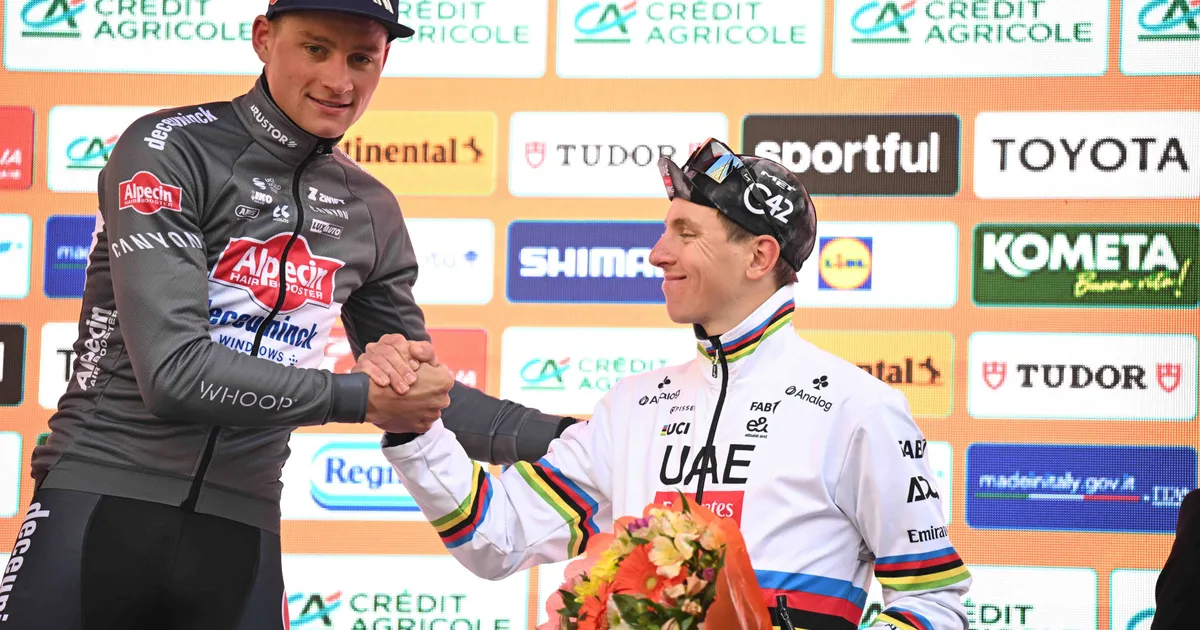The F1 Drivers Press Conference: A Deep Dive Into Driver Insights

Table of Contents
Unveiling Race Strategies and Tactics
The F1 Drivers Press Conference is often a battleground of wits, where drivers subtly reveal – or cleverly conceal – their race plans. Mastering the art of interpreting these carefully crafted statements is key to understanding the upcoming race. By analyzing their language, we can anticipate potential race outcomes.
- Analyzing comments on tire strategy (soft, medium, hard) and potential pit stop scenarios: A driver emphasizing the durability of the hard compound tires might be hinting at a longer first stint, while a focus on the grip of the soft tires could signal an aggressive early race strategy.
- Decoding comments about overtaking maneuvers and potential challenges on specific track sections: A driver mentioning difficulties in a particular corner could be a strategic play, downplaying their chances while secretly planning a surprise attack. Conversely, highlighting a track section's strengths might be a confidence-building tactic, putting psychological pressure on rivals.
- Identifying potential weaknesses or strengths highlighted by drivers regarding their car's performance: Drivers rarely openly admit weaknesses, but a subtle comment about needing to improve on corner entry or exit speed can reveal areas where their car might be struggling compared to the competition.
The use of language is paramount. Drivers often employ carefully chosen words to manage expectations and influence rival teams. For example, a driver might downplay their car's pace to lull opponents into a false sense of security. Consider past press conferences where Lewis Hamilton subtly shifted the focus onto Mercedes' strategic adaptability, indirectly undermining Red Bull's perceived advantage.
Assessing Car Performance and Technical Insights
Drivers rarely give away their car's secrets outright, but they often indirectly comment on car performance through carefully chosen words. Learning to listen between the lines is essential.
- Interpreting statements about handling, downforce, and braking performance: A driver mentioning a lack of rear stability could indicate problems with downforce, while a comment about strong braking might highlight an advantage in certain sections of the track.
- Understanding coded language related to engine power and reliability: Vague references to "engine mapping" or "power unit deployment" might suggest subtle adjustments made to optimize performance.
- Identifying subtle hints about potential upgrades or development areas for the team: A driver focusing on improvements in certain areas might subtly hint at upcoming upgrades or future development priorities.
The importance of listening between the lines cannot be overstated. Remember, team communication restrictions often mean drivers need to communicate indirectly. What isn't said can be just as telling as what is.
Gauging Driver Morale and Team Dynamics
The F1 Drivers Press Conference isn't just about race strategy; it's also a window into the team's atmosphere and the driver's confidence.
- Analyzing body language and tone of voice to assess a driver's confidence level: A slumped posture, averted gaze, or a hesitant tone can reveal underlying doubts, while confident body language and a firm tone suggest strong self-belief.
- Interpreting responses to questions about teammate relationships and team performance: Evasiveness or strained responses to questions about their teammate might suggest tension within the team.
- Identifying signs of stress or frustration in their responses: Short, clipped answers or an irritable tone can hint at underlying stress and frustration.
Drivers have used the press conference to address team conflicts or celebrate successes. For example, a driver might publicly praise their teammate's performance to foster a positive team environment, or openly address a conflict to clear the air.
Understanding the Media's Role in the F1 Drivers Press Conference
The media plays a crucial role in shaping the narrative of the F1 Drivers Press Conference. Their questioning techniques significantly influence driver responses.
- The importance of well-researched questions in eliciting insightful answers: Well-informed questions lead to more detailed and nuanced answers, unlocking valuable insights.
- The effect of leading questions and their potential impact on driver responses: Leading questions can subtly influence the direction of a driver's response, potentially shaping public perception.
- Analyzing how media pressure influences the communication strategies of the drivers and their teams: The media's scrutiny can affect how drivers and teams choose to communicate, often leading to carefully crafted responses.
The media's crucial role is to disseminate information to fans and shape public perception. Their interpretations and framing of driver responses significantly influence how the audience perceives the events unfolding.
Beyond the Words: Nonverbal Communication in F1 Drivers Press Conferences
Beyond the spoken word, nonverbal cues offer valuable insights.
- Analyzing body language (posture, eye contact, gestures): A driver's posture, eye contact, and hand gestures can reveal their true feelings and intentions, even if their words suggest otherwise.
- Interpreting facial expressions to detect emotions: Subtle shifts in facial expression can betray stress, frustration, or excitement, providing a deeper understanding of their mindset.
- Understanding the significance of pauses and hesitations: Pauses and hesitations in speech can indicate uncertainty or carefully considered responses, revealing more about a driver's thought process.
These subtle cues can often provide a more accurate understanding of the driver's true feelings and intentions than their carefully chosen words.
Conclusion
The F1 Drivers Press Conference provides a captivating glimpse into the world of Formula 1 racing, offering far more than just simple answers. By carefully analyzing the drivers' words, tone, and body language, we can gain a deeper understanding of their race strategies, car performance, and team dynamics. Mastering the art of interpreting these press conferences allows for a richer and more rewarding viewing experience of the sport. So, next time you tune in, pay close attention—the F1 drivers press conference is a treasure trove of insight waiting to be discovered. Don't miss out on the valuable insights available during the next F1 Drivers Press Conference!

Featured Posts
-
 Analyse De L Utilisation De X Par Elon Musk Et Son Influence Sur L Extreme Droite Europeenne
May 26, 2025
Analyse De L Utilisation De X Par Elon Musk Et Son Influence Sur L Extreme Droite Europeenne
May 26, 2025 -
 Moto Gp Kembali Ke Brasil Sirkuit Ayrton Senna Di Goiania Siap Tampung Balapan 2024
May 26, 2025
Moto Gp Kembali Ke Brasil Sirkuit Ayrton Senna Di Goiania Siap Tampung Balapan 2024
May 26, 2025 -
 Les Meilleurs Films De Melanie Thierry Guide Complet
May 26, 2025
Les Meilleurs Films De Melanie Thierry Guide Complet
May 26, 2025 -
 Jamie Foxx And Robert Downey Jr All Star Weekend Casting Controversy
May 26, 2025
Jamie Foxx And Robert Downey Jr All Star Weekend Casting Controversy
May 26, 2025 -
 Tour Of Flanders 2024 Pogacar And Van Der Poels Epic Battle
May 26, 2025
Tour Of Flanders 2024 Pogacar And Van Der Poels Epic Battle
May 26, 2025
Latest Posts
-
 One Last Time A Fire Country Season 3 Episode 15 Preview
May 27, 2025
One Last Time A Fire Country Season 3 Episode 15 Preview
May 27, 2025 -
 Fire Country Season 3 Episode 15 One Last Time Preview
May 27, 2025
Fire Country Season 3 Episode 15 One Last Time Preview
May 27, 2025 -
 Tracker S02 E12 Monster And S02 E13 Neptune A Preview
May 27, 2025
Tracker S02 E12 Monster And S02 E13 Neptune A Preview
May 27, 2025 -
 Tracker Season 2 Episode 12 Monster And Episode 13 Neptune Sneak Peek
May 27, 2025
Tracker Season 2 Episode 12 Monster And Episode 13 Neptune Sneak Peek
May 27, 2025 -
 Tracker Season 2 Episode 12 Monster Preview And Episode 13 Neptune Early Look
May 27, 2025
Tracker Season 2 Episode 12 Monster Preview And Episode 13 Neptune Early Look
May 27, 2025
